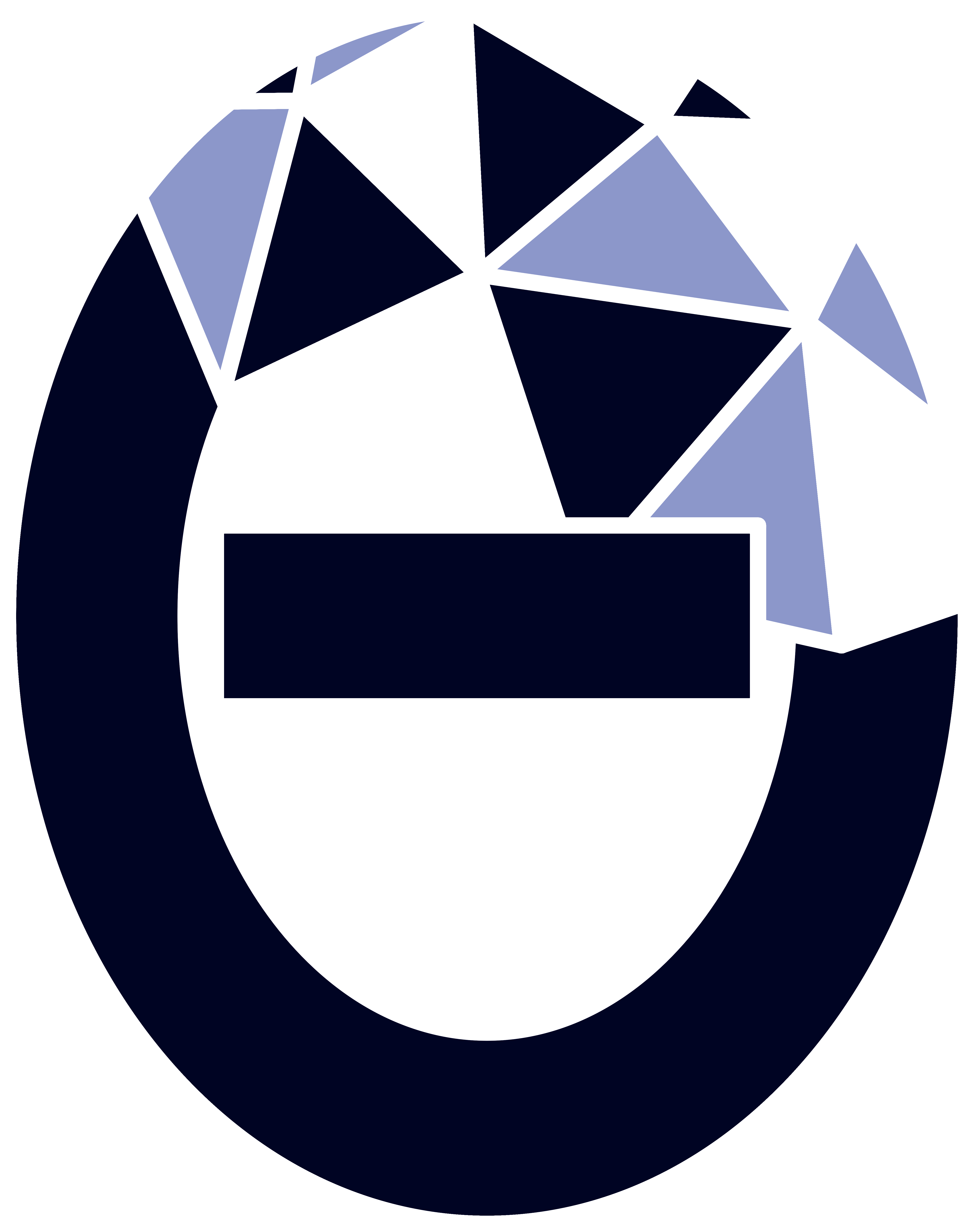Tuesday Week 1, 24th Apr – Paradoxes of Mathematical Space
Tuesday Week 2, 1st May – Members’ Papers
Wednesday Week 2, 2nd May – Blowing up a Balloon
Tuesday Week 3, 8th May – Fuss about Fusion
Wednesday Week 3, 9th May – Fractional Calculus: differentiation and integration of non-integer order
Tuesday Week 4, 15th May – Social
Wednesday Week 4, 16th May – Building Bombs using Quantum Mechanics
Join our mailing list so you don’t miss any events!

Leave a Reply